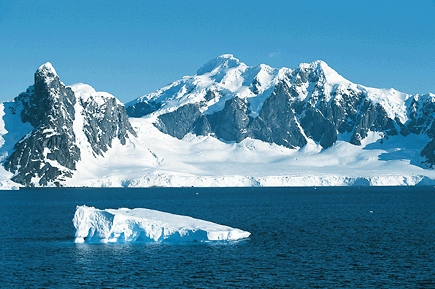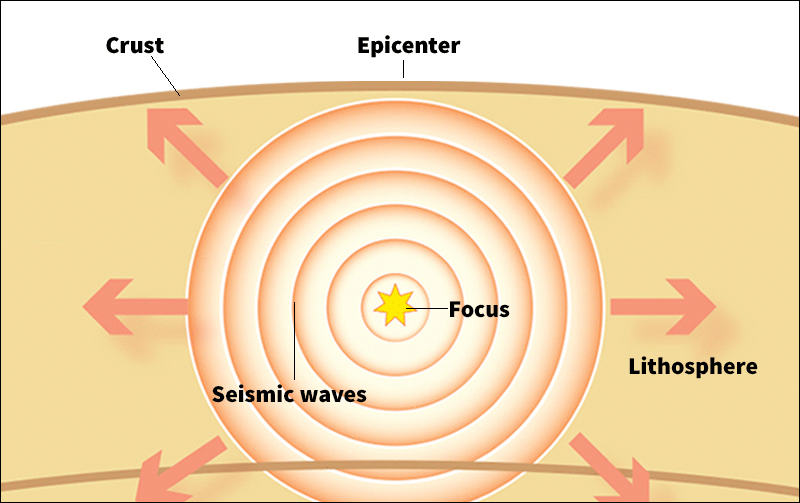Fire and Ice in Antarctica
Monday, December 2nd, 2013December 2, 2013
Hundreds of earthquake tremors recorded by scientists in Antarctica have rocked the geological world by producing evidence of the first active volcano found so far inland on that frozen continent. Numerous volcanoes, both active and extinct, have been found along the Antarctic coastline and on nearby islands.
The earthquake swarms originated about 15 to 25 miles (25 to 40 kilometers) below the surface, near the Executive Committee Range in the Marie Byrd Land region of West Antarctica. The ice in that region is about 0.5-mile (0.8 kilometer) thick. The scientists, led by researchers from Washington University in St. Louis, stressed that they did not detect an actual eruption. Instead, the tremors likely resulted from the fracturing of rock as flowing magma and fluids opened new channels within the volcano. The tremors occurred beneath a 3,200-foot- (1,000-meter-) tall bulge under the ice that may be the cone (peak) of a volcano that formed sometime in the past as lava erupted from the volcano’s vent (opening).
The scientists detected the tremors while towing seismic equipment across the icy surface in 2010 and 2011 to map the structure of Earth’s mantle, the layer between inner core and outer crust. The seismic vibrations the scientists detected in Antarctica were nearly identical to so-called deep, long-period earthquakes (DLP’s) that have been detected beneath volcanoes in Alaska and Washington state. Although DLP’s sometime precede eruptions, scientists do not know if the tremors in Antarctica are signs that an eruption will occur there in the near future.

Volcanoes are common in Antarctica. Some are active, and others are hidden beneath the ice. But most of the known volcanoes are along the coastlines of the continent. © Rod Planck, Photo Researchers
If the volcano was to erupt, some of the ice above the vent would certainly melt, producing millions of gallons (liters) of water. Such a massive infusion of meltwater would speed of flow of nearby ice streams (slowly flowing “rivers” of ice within ice sheets). But unless the eruption was historically massive, it almost certainly would not melt all of the ice above. Scientists stressed that the greatest threat to Antarctica is still climate change. The Pine Island Glacier in West Antarctica, for example, is shrinking faster than any other glacier on Earth. It also ranks number one among glaciers whose melting is contributing to the rise of global sea levels.
Additional World Book articles:



